Mycotoxins are naturally occurring toxins produced by certain genera of fungi, including Aspergillus, Fusarium, and Penicillium.
 They can be found in all common agricultural crops and pose a significant threat to poultry health and productivity.
They can be found in all common agricultural crops and pose a significant threat to poultry health and productivity.
The occurrence of mycotoxins is widespread and, even with preventive techniques, it is nearly impossible to completely avoid them in agricultural commodities.
The most common mycotoxins associated with mycotoxicosis in poultry include:
 Aflatoxins
Aflatoxins Fumonisins
Fumonisins
 Zearalenone
Zearalenone
 Ochratoxins
Ochratoxins
 Trichothecenes such as deoxynivalenol (DON) and T-2 toxin
Trichothecenes such as deoxynivalenol (DON) and T-2 toxin
These mycotoxins often have a negative impact on the performance of broilers, layers, and breeders.

NEGATIVE EFFECTS OF MYCOTOXINS IN BROILERS
Mycotoxins pose a significant threat to broiler health, manifesting in various detrimental ways.
 These toxic compounds, particularly trichothecenes and fumonisins, inflict direct damage on the gastrointestinal system, hindering growth and feed conversion.
These toxic compounds, particularly trichothecenes and fumonisins, inflict direct damage on the gastrointestinal system, hindering growth and feed conversion.
The damage also affects nutrient uptake, as mycotoxins impair the digestive system’s ability to process and assimilate essential nutrients, exemplified by the shortening of intestinal villi caused by DON and other Fusarium mycotoxins.
 The immune system can be compromised by high levels of mycotoxins such as ochratoxins and trichothecenes, which can cause a marked reduction in lymphocytes within immune organs, weakening the overall immune response.
The immune system can be compromised by high levels of mycotoxins such as ochratoxins and trichothecenes, which can cause a marked reduction in lymphocytes within immune organs, weakening the overall immune response.
⇒ This compromised state increases vulnerability to bacterial infections, including those caused by E. coli and Salmonella, making mycotoxins a serious concern for both broiler welfare and farm productivity.

NEGATIVE EFFECTS OF MYCOTOXINS IN LAYERS AND BREEDERS
Mycotoxins also pose a significant threat to the health and productivity of layers and breeders.
![]() These toxic compounds can interfere with reproductive processes, leading to reduced egg production, compromised egg quality, and lower hatchability rates.
These toxic compounds can interfere with reproductive processes, leading to reduced egg production, compromised egg quality, and lower hatchability rates.
![]() Mycotoxins can also cause damage to vital organs, which in turn diminishes breeder performance and affects the economic viability of poultry operations.
Mycotoxins can also cause damage to vital organs, which in turn diminishes breeder performance and affects the economic viability of poultry operations.
 Furthermore, mycotoxins can weaken the immune system, increasing the birds’ vulnerability to various diseases.
Furthermore, mycotoxins can weaken the immune system, increasing the birds’ vulnerability to various diseases.
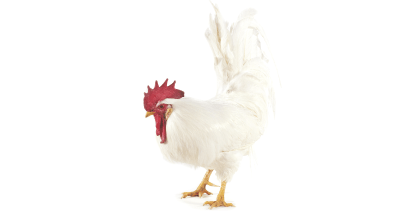
The chronic consumption of even low levels of mycotoxins can trigger a range of metabolic, physiological, and immunological disruptions, ultimately resulting in reduced overall productivity.
The effects of mycotoxins can vary depending on the type and concentration of the toxin, as well as the age and genetics of the birds and environmental factors.

MANAGING MYCOTOXIN RISK ON POULTRY FARMS
Effectively managing mycotoxins in poultry feed involves several strategies:
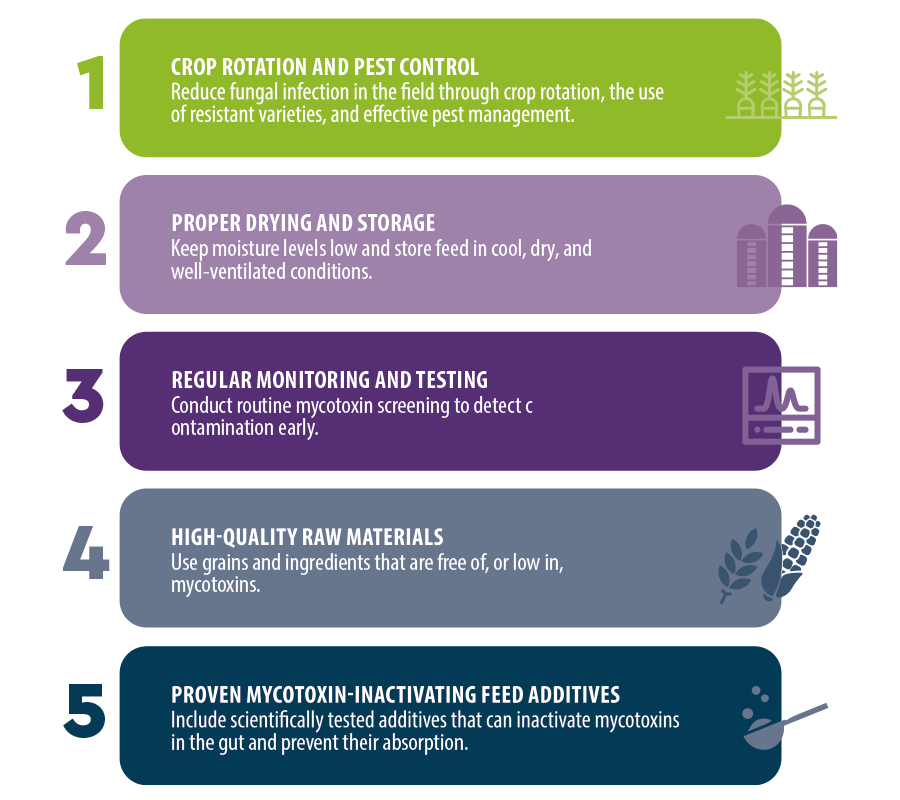
MULTILAYERED PROTECTION – MYCORAID
Mycotoxins cannot be completely removed from animal feed, so they must be inactivated within the animal.
The two main strategies to detoxify mycotoxins in animal feed are:
- ⇒ Adsorption to a mineral surface.
- ⇒ Biological detoxification, which involves the use of microorganisms or enzymes that can degrade or transform mycotoxins into non-toxic compounds.
When discussing adsorption, efficacy and selectivity are of utmost importance.
- ⇒ The highest efficacy is achieved when mycotoxin adsorption to the mineral surface is high and desorption (release) is low.
- ⇒ At the same time, the lowest possible adsorption of vitamins and amino acids is preferred.
![]() Not all mycotoxin adsorbents are the same.
Not all mycotoxin adsorbents are the same.

MYCORAID is a premium additive designed to counter nutritional stress and support animal well-being.
⇒ It combines selected minerals, bacteria, plant extracts, and yeast cell walls, and can be used across all farm species and aquaculture at 1–2 kg/t.
The efficacy of MYCORAID has been demonstrated in numerous trials worldwide.
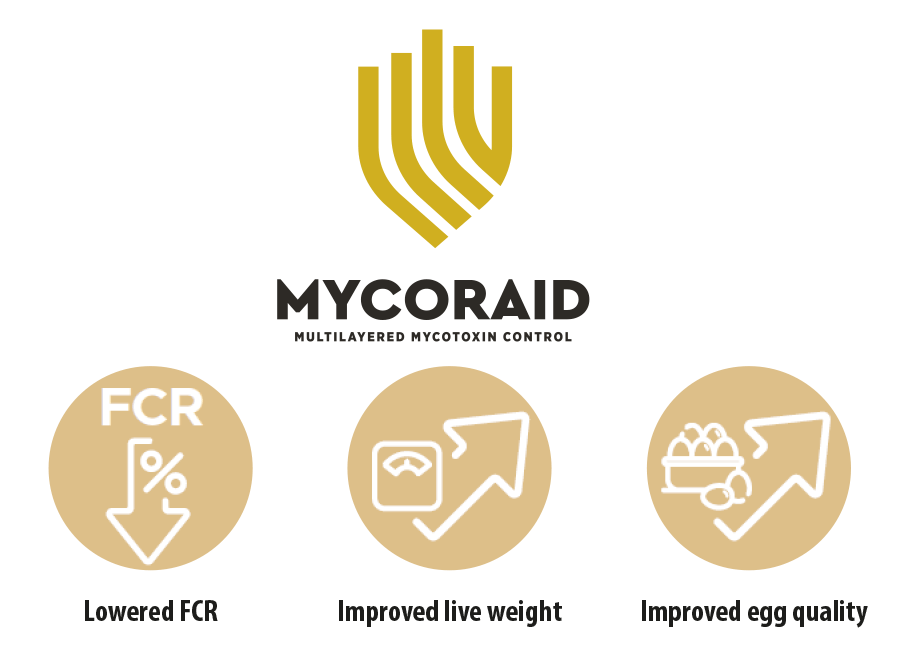
Figure 1. Numerous trials show the following benefits of MYCORAID when fed to animals challenged by mycotoxins.
In particular, ochratoxin A (OTA) and T-2 toxin are highly damaging mycotoxins and, at the same time, very difficult to detoxify.
 In a trial conducted by Riahi et al. (2021), the combined negative effects of OTA and T-2 toxin were evaluated in 192 one-day-old Ross 308 broiler chickens over a 35-day period.
In a trial conducted by Riahi et al. (2021), the combined negative effects of OTA and T-2 toxin were evaluated in 192 one-day-old Ross 308 broiler chickens over a 35-day period.
These mycotoxins significantly reduced growth performance and altered blood parameters.
However, MYCORAID was able to counteract their negative effects, improving average daily gain, feed conversion, and blood parameters.

CONCLUSIONS
Mycotoxins pose a persistent threat to the health and productivity of farm animals, with impacts ranging from impaired growth and immune suppression to reproductive and organ damage.
The complexity of mycotoxin contamination, often involving multiple toxins, makes mitigation particularly challenging.
References
Riahi et al. 2021 https://doi.org/10.3390/ani11113205

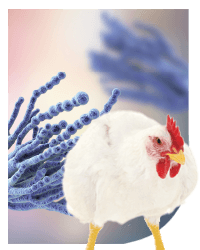
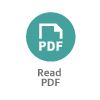


 Micotoxicosis prevention
Micotoxicosis prevention